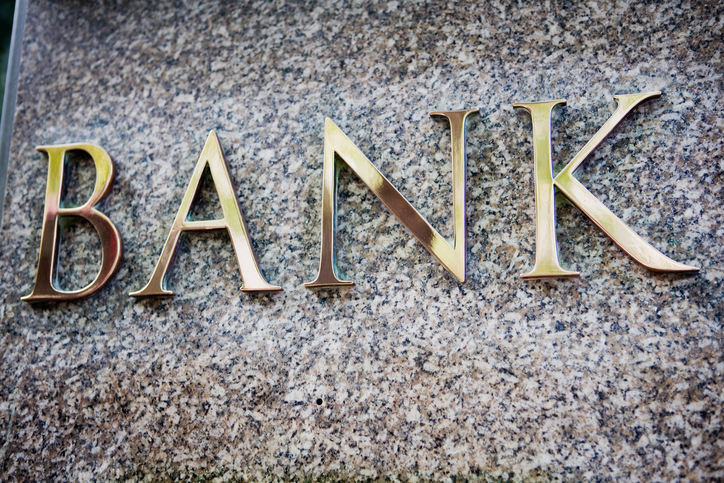For example, IYF is now trading at a 17.4 price-to-earnings and a 1.5 P/B, whereas the S&P 500 index shows a 18.7 P/E and a 2.7 P/B.
“Valuations look less pricey relative to the broader market, which may say more about extended U.S. stocks than cheap banks. Large cap banks are trading at a 60% discount to the broader market. This looks very reasonable against a 25-year horizon, during which the average discount was only around 40%,” Koesterich said.
However, the BlackRock analyst warned that the return-on-assets for large cap banks has declined since the start of 2011, with the ROA now averaging around 0.95%, compared to an average of 1.20% in 2006.
Koesterich attributes the lower returns to stringent regulations and the prolonged low-rate environment following the financial depression, which has suppressed net interest margins. Consequently, investors should expect that a tighter monetary policy out of the Federal Reserve and potential rollbacks on depression-era regulations, notably Dodd-Frank, could fuel growth in the financial sector.
“In order to not be disappointed, investors are going to need to see both higher rates and a lighter regulatory touch,” Koesterich added.
For more information on the financial sector, visit our financial category.
